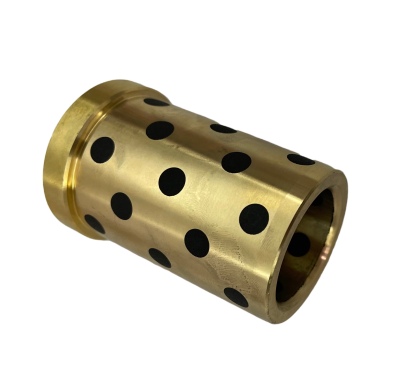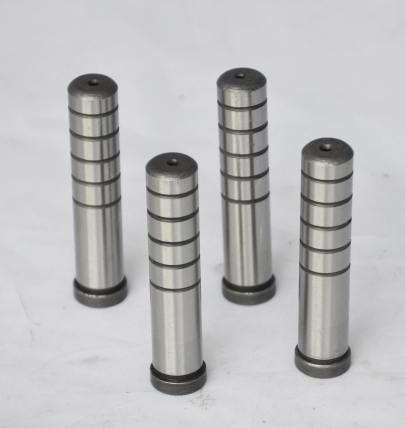When it comes to improving the aesthetic appeal of your home, the details matter. One of the most understated yet impactful elements is the base molding. Using travertine base molding can drastically elevate the elegance and style of your interior. This article explores what travertine is, the benefits it offers, and how to incorporate it into your home decor effectively.
What is Travertine?
Travertine is a type of natural stone that’s formed by the precipitation of minerals from mineral springs. Renowned for its beauty and durability, it comes in a variety of colors, ranging from ivory to walnut. Below are some key characteristics of travertine:
- Natural Appearance: Its unique texture provides an earthy and warm aesthetic.
- Durability: Travertine is not only resistant to scratching but also to heat and humidity.
- Variety: Available in multiple finishes including honed, polished, and tumbled.
- Versatility: Can be used in various areas including floors, walls, and moldings.
The Benefits of Travertine Base Molding
Incorporating travertine base molding can significantly impact the overall decor of a room. Here are some of the benefits:
- Enhanced Aesthetic Appeal: Travertine’s organic beauty can enhance the elegance of any space.
- Increased Property Value: Natural stone features often increase the value of a home.
- Eco-Friendly Choice: Being a natural product, travertine is a sustainable option for home improvement.
- Ease of Maintenance: It requires minimal upkeep compared to other materials.
How to Select the Right Travertine Base Molding
Selecting the right piece of travertine base molding is crucial for achieving the desired look. Here are some pointers to keep in mind:
| Factor | What to Consider |
|---|---|
| Color Match | Choose tones that complement your wall color and flooring. |
| Finish | Decide between honed, polished, or tumbled based on desired shine. |
| Size | Consider how tall the molding should be in proportion to wall height. |
| Thickness | Thicker moldings add more substance and a robust appearance. |
Installation Tips for Travertine Base Molding
Installing travertine base molding can be a rewarding DIY project or a professional task. Here’s how to go about it:
- Prepare the Surface: Make sure the wall surface is clean and level.
- Measure and Cut: Use a miter saw for clean, accurate cuts at 45-degree angles for corners.
- Use Adhesive: Apply a strong adhesive suitable for stone to secure the molding to the wall.
- Seal the Molding: After installation, use a sealer to protect from stains and moisture.
Design Ideas with Travertine Base Molding
Here are some design ideas to inspire you in using travertine base molding:
- Classic Look: Pair it with neutral wall colors for a timeless feel.
- Modern Touch: Use with sleek furnishings for a contemporary setting.
- Rustic Vibe: Combine with wood and natural materials for an inviting atmosphere.
Common FAQs about Travertine Base Molding
Is travertine base molding suitable for bathrooms?
Yes, travertine is highly suitable for bathrooms due to its resistance to moisture and heat.
How do I clean travertine base molding?
Use a mild soap and water solution. Avoid acidic cleaners as they can damage the surface.
Can I install travertine base molding myself?
If you have DIY experience, you can install it yourself. Just ensure you have the right tools.
Does travertine require sealing?
Yes, sealing is recommended to protect it from stains and moisture absorption.
Conclusion
Incorporating travertine base molding into your home decor can bring a new level of elegance and sophistication, while also adding value to your property. Its natural beauty, durability, and eco-friendly nature makes it a wise choice for enhancing interior spaces. Whether you are considering a DIY installation or working with a professional, travertine base molding is a stunning and timeless option that will leave a lasting impression.



